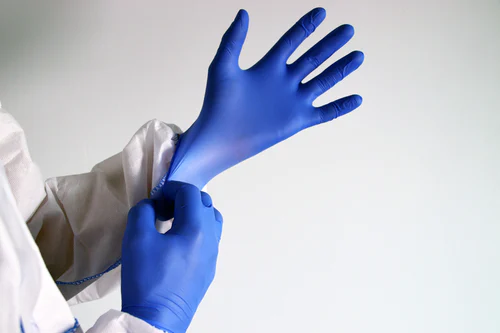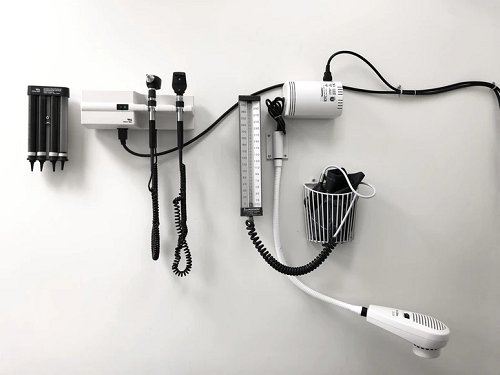What Is a Legacy Device, and What Do Manufacturers Need to Know About It?
The MDR is a sweeping reform of medical device regulation in Europe that aims to strengthen safety and quality. Recently, the provisions of Regulation (EU) 2017/746 on in vitro diagnostic medical devices (IVD) have been expanded. Meaning the regulation now has a higher scope and covers more device types than before.
This decision came from the MDCG-set-up ad hoc task force that was formed to decide on the application of MDR requirements to legacy devices and devices covered by the MDD.
The official declaration came earlier this year, and in May, the guidance document was published. As the EU focuses on updating and enforcing the MDR regulations as ideally possible, more detailed guidelines are coming instructing manufacturers on achieving compliance. The EUDAMED module not yet being fully functional is also an incentive to provide detailed guidance.
Legacy Devices

The legislative framework of the EU for the IVDR device regulation was changed by the EU in 2017. However, a new regulation was needed to clear up confusion regarding how the regulation applies to all devices. Eventually, the question arises about how one should handle legacy hardware and software. These are medical devices manufactured by manufacturers that were legally put on the market under the old regulation and still remain available even when the new regulations do not. Although the term “legacy devices” is frequently used, the definition is not clear to many yet. And this creates a problem for the manufacturers and suppliers alike.
A legacy device is a medical device, active implantable medical device or in vitro diagnostic medical device that was approved under the Medical Devices Directive (MDD) and In Vitro diagnostic medical devices (IVDD) and can still be legally sold in the EU.
Legacy devices are subject to the same requirements as all medical devices, including registration and periodic CE marking.
Criteria of IVDR legacy device according to MDCG 2022-8

Exactly which devices can be called legacy devices depends on the 1st, 2nd, and 3rd subparagraph of Article 110(3) IVDR document.
The devices that match the 2nd and 3rd subparagraphs are IVDR legacy devices. These devices are the ones that have been marketed or made available for service after the IVDR became effective (26 May 2022) or will be marketed until the end of the respective transition period given by the 2nd and 3rd subparagraph (provided they fulfill the criteria given in the 1st subparagraph).
It sounds complicated, but all it is saying is that the legacy devices are not necessarily outdated or obsolete products.
They are just granted marketing authorization by a valid EC certificate under the Medical Devices Directive (MDD) or in vitro diagnostic medical devices (IVDD) before 26th May of 2002. Or, they have a declaration of conformity under the IVDD, but they need a conformity assessment procedure with the involvement of a notified body.
The transition period decided by the MDR was extended to different lengths for the legacy devices based on when they were placed on the market or received certification.
IVDR device registration

According to the MDCG 2022-8, all devices that do not qualify as legacy devices and are marketed as “being in conformity with the IVDR” are considered IVDR devices.
So,” all class A non-sterile devices and all devices not benefitting from the transitional provisions laid down in Article 110(3) IVDR, i.e. all ‘new’ devices, must be IVDR-compliant.”
Post-market surveillance (PMS)
The manufacturers need to prepare a post-market surveillance plan for each type of device for which an IVDR has been notified based on the PMS plan explained in Articles 78, 79 IVDR. However, the parts of the PMS plan related to pre-market requirements, like updating the summary of safety and performance, are not needed as it doesn’t apply to legacy devices.
Nevertheless, the post-market performance follow-up (PMPF) requirements are still necessary. The serious incidents and field safety corrective actions, and trend reporting also apply to legacy devices.
As for the devices certified under the IVDD, it’s the notified body that certified the device would be conducting the ‘appropriate surveillance’ to ensure safety. This is similar to the protocol of MDD, under which the device was originally certified. However, the notified body will take the newer regulations in mind while surveying.
IVDR application to legacy device
For the most part, the IVDR regarding post-market surveillance, market surveillance, vigilance, or registration of economic operators and devices applies to legacy devices. Regulations outside of these topics are not related to legacy devices and hence do not apply to them.
In addition, the obligations of the economic operator mentioned in a few chosen provisions apply to legacy devices. These are:
- for manufacturers: Article 10(9), (11)-(14);
- for authorized representatives11: Article 11(3)(c)-(g);
- for importers: Article 13(2), 2nd subparagraph, (4), (6)-(8), (10);
- for distributors: Article 14(2), last subparagraph, (4)-(6).
What IVDR requirements are applicable to your legacy device
Along with general guidance, the MDCG 2022-8 also comes with a list of the requirements of the IVDR and whether they are applicable to legacy devices.

For example, the requirement analysis of vigilance data according to Art. 85 and analysis of serious incidents and field safety corrective action are required for all devices, including legacy devices. However, the summary of safety and performance is not.
FAQ
What are IVDR devices?
The IVDR stands for in-vitro medical devices Regulation (IVDR). This is a new framework of regulation to ensure the efficiency and safety of in-vitro diagnostic medical devices.
What is legacy software?
In general, these are software that isn’t in use anymore. They are not necessarily medical software and are not connected with legacy devices.
